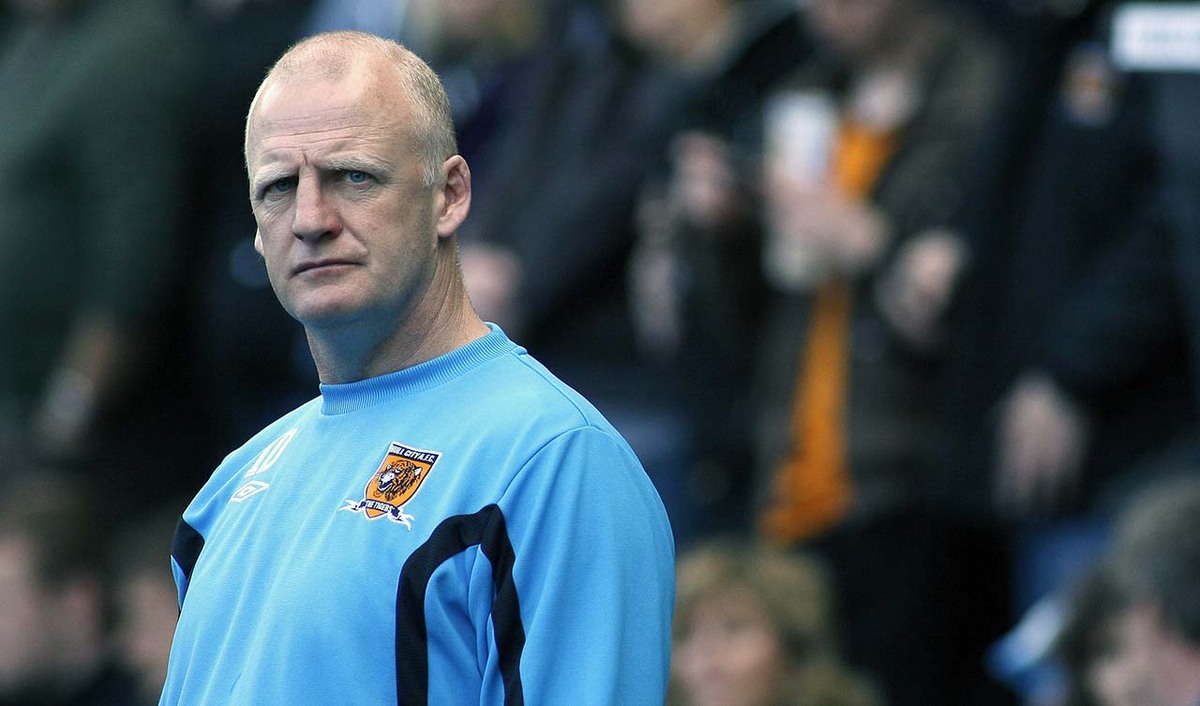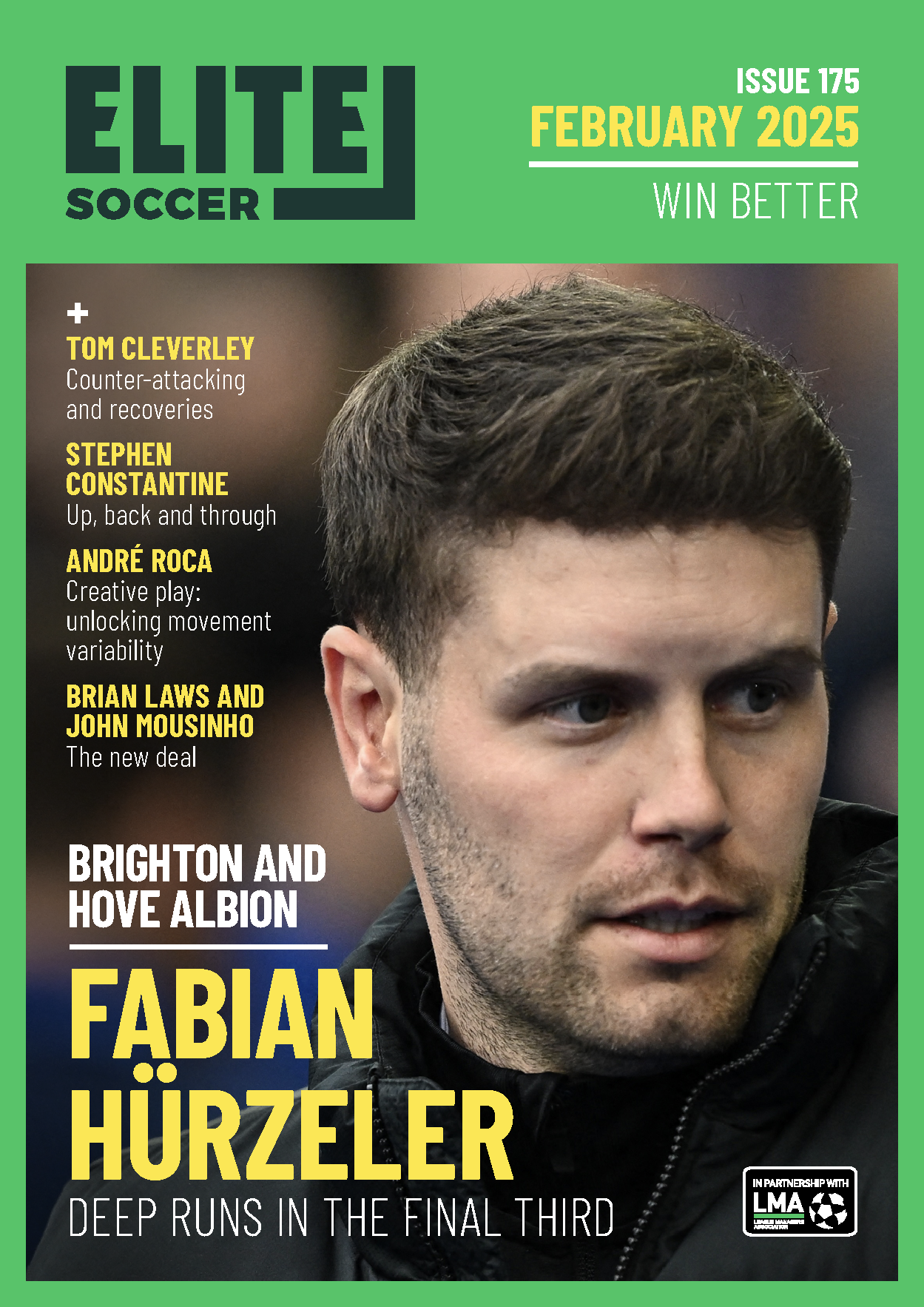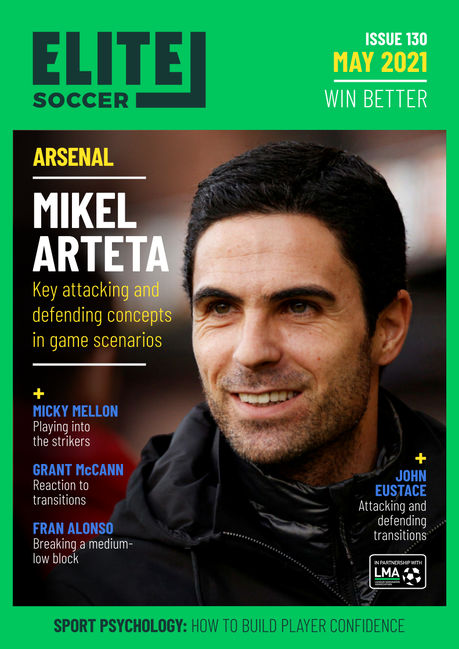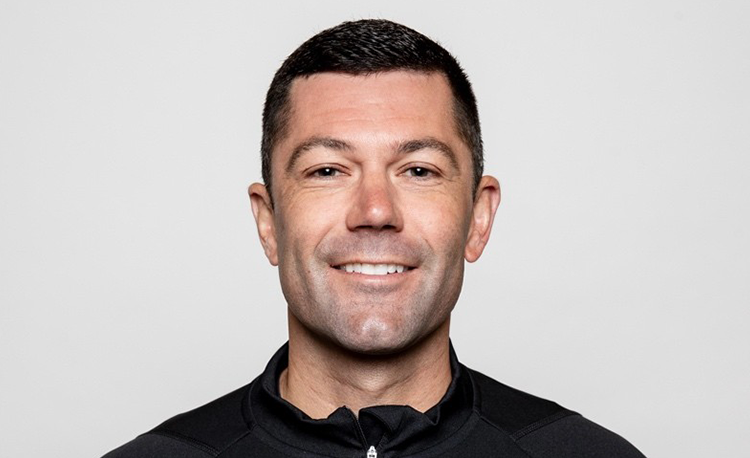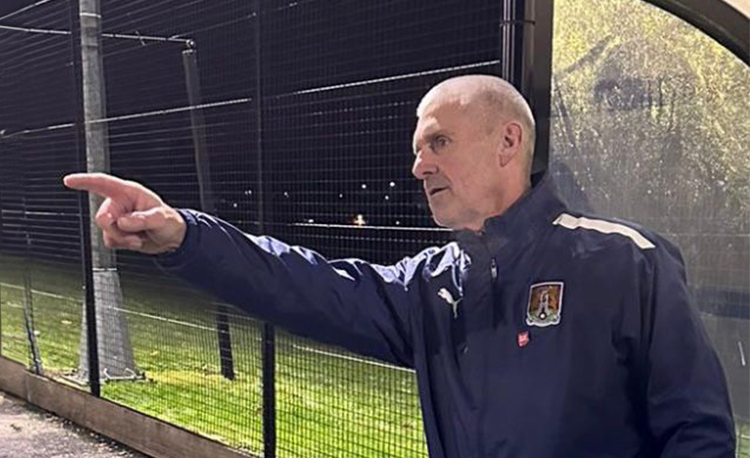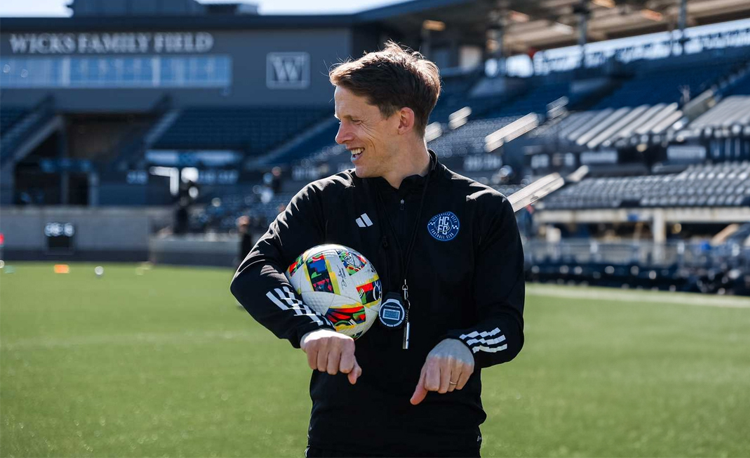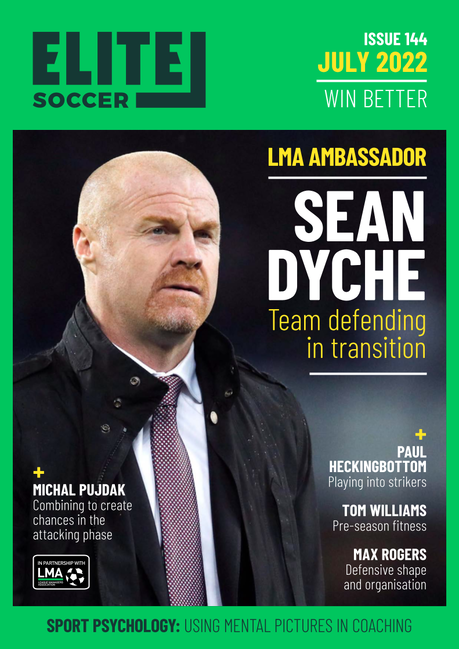You are viewing 1 of your 1 free articles
Back four understanding
This overview session is about the responsibilities of the back four, and how they use distance, movement and angles in order to produce a formidable defensive unit.
| Area | 40x30 yards |
| Equipment | Balls, goals, poles |
| No. of Players | 12 (8 reds, 4 whites) |
This overview session is about the responsibilities of the back four, and how they use distance, movement and angles in order to produce a formidable defensive unit.
This is an important session for improving confidence, because a proficient defensive base acts as a springboard for the whole team, not least in a side’s ability to counter-attack well.
More and more in the Premier League, successful sides are shown to be the ones able to break forward from defence at pace, but a solid backline must be established first.
What do I get the players to do?
Across three channels of 10 yards, two lines of four reds sandwich a line of white defenders. The ball starts with a red; his team’s aim is to thread a pass through the line of white players to a fellow red.
To prevent that happening, the whites must retain solid defensive shape at all times, using a blocking player. This member of the back four steps forward whenever his opposite number is in possession of the ball. The blocking player’s team-mates move in to cover the line of possible through-passes to the other bank of four reds.
The blocking player must not chase the ball, and if it gets switched to a different red, he drops back and lets another designated team-mate step forward.
If a ball makes it to the other bank of reds, defenders turn and repeat the task.
1

2

3
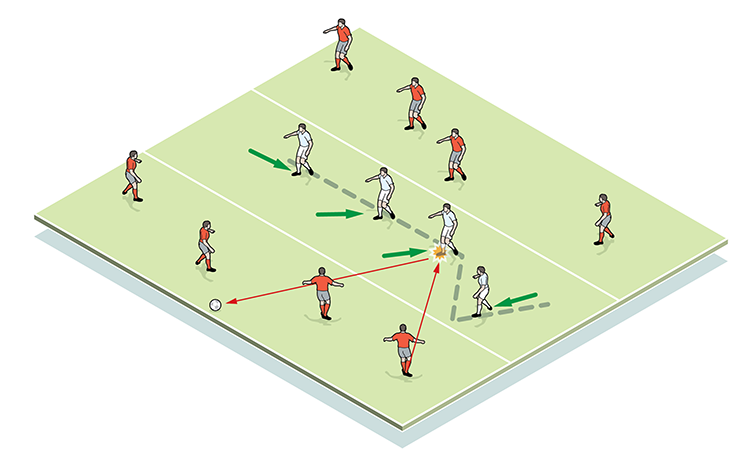
What are the key things to look for technically/tactically?
The defensive line never chases the ball, but must ‘recover on the diagonal’ – in effect, moving towards the blocking defender so as to cover all other passing angles. The attitude of the backline in staying alert, keeping organised and communicating well is essential. Distance and angle are crucial – if either of these are wrong then the whole back four set-up is compromised.
Defenders must move with the ball, squeeze, hold shape and be ready to drop onto the back foot, without ever going to ground.
How would you put this into a game situation?
We play on a half-pitch extended lengthways by 20 yards. A team of 10 attack 8 (plus a goalkeeper) with the aim of scoring in a central goal. The team of 8 must attack two goals, 5 yards wide, marked out by cones in the corners of the pitch.
If in producing wing attacks, the reds force a full-back into a covering position away from the back four, look for a white defensive midfielder to step back in to reform a solid organised backline.
This small-sided game is challenging because both teams are creating alternative angles of attack, given that one team is aiming at a central target while the other is directing play towards the flanks.
4

5
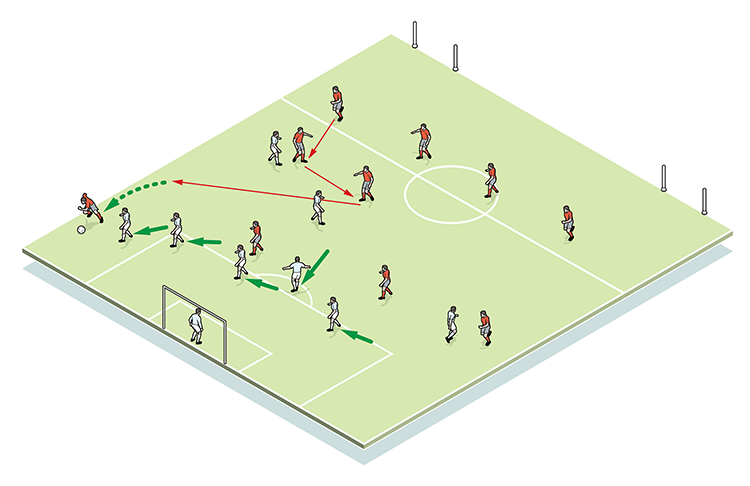
6
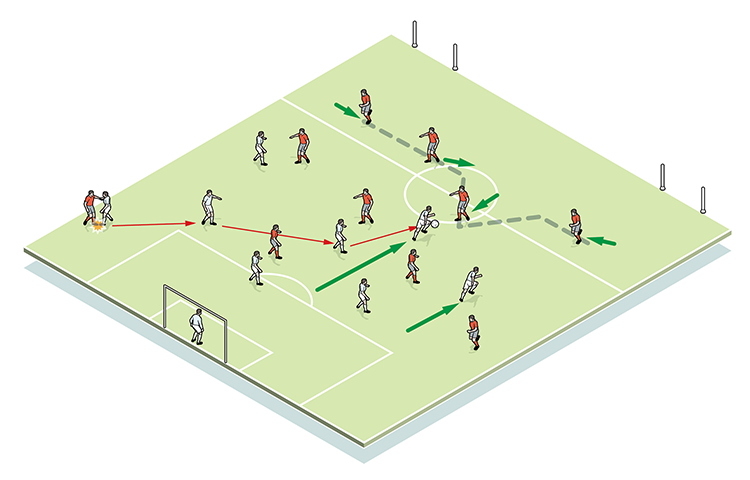
Related Files
Editor's Picks
Deep runs in the final third
Using the goalkeeper in build-up play
Pressing principles
Intensive boxes drill with goals
Penetrating the final third
Creating and finishing
My philosophy
Pressing initiation
Compact team movement
Coaches' Testimonials

Alan Pardew
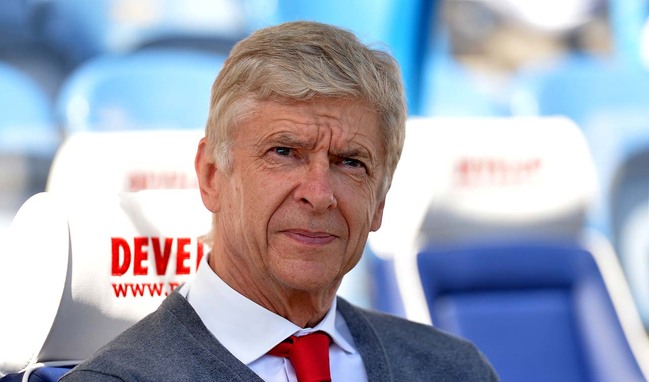
Arsène Wenger

Brendan Rodgers
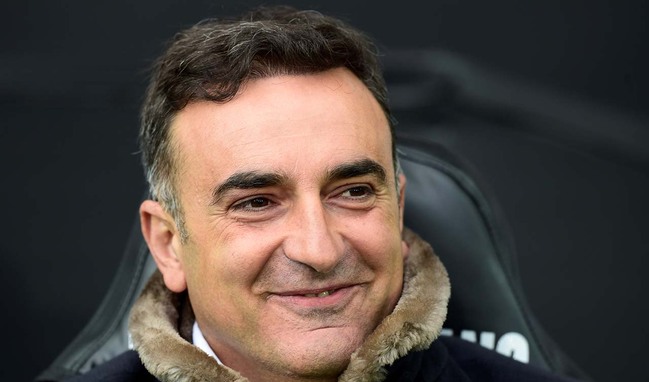
Carlos Carvalhal
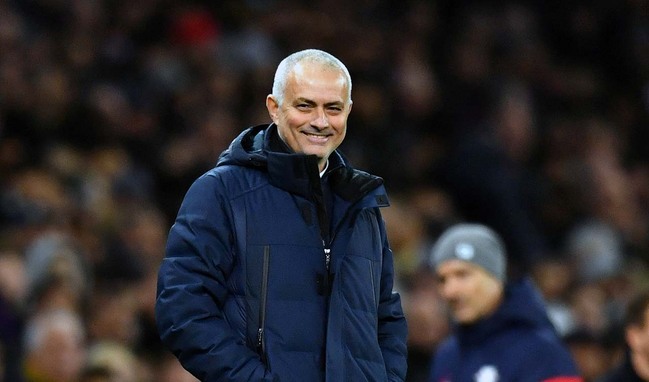
José Mourinho

Jürgen Klopp

Pep Guardiola
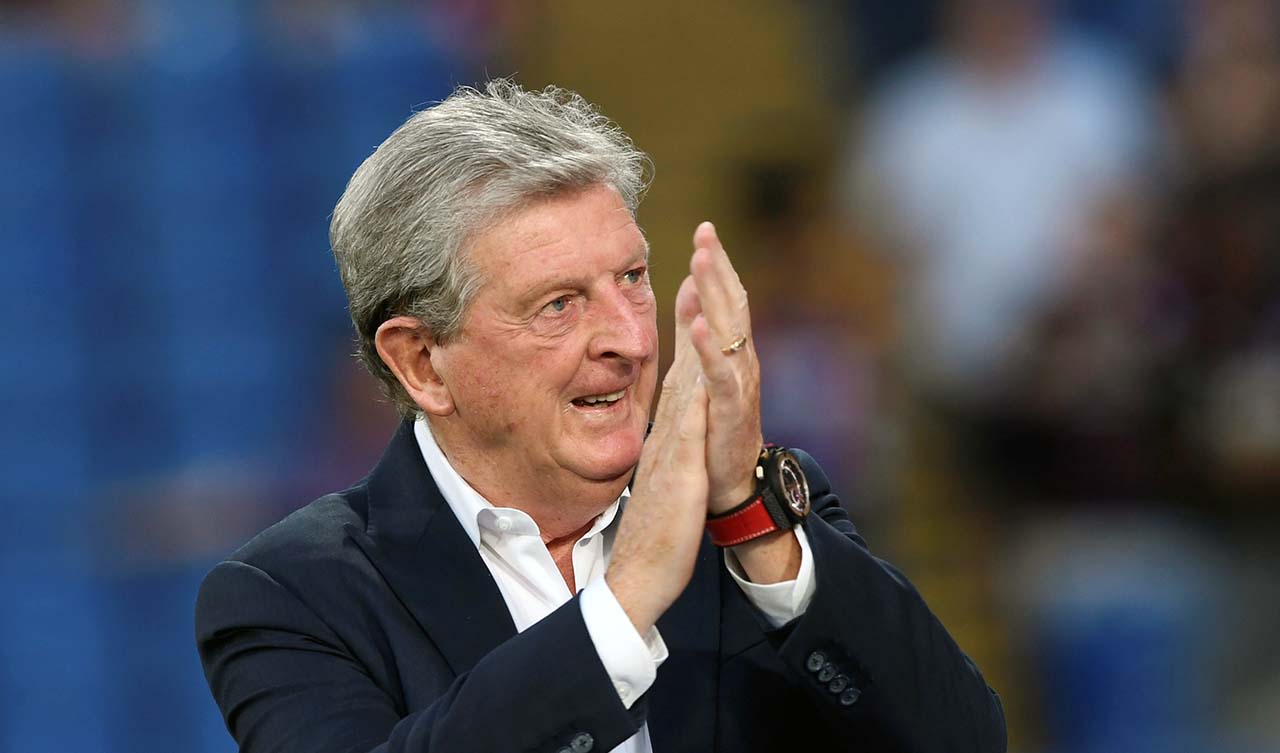
Roy Hodgson
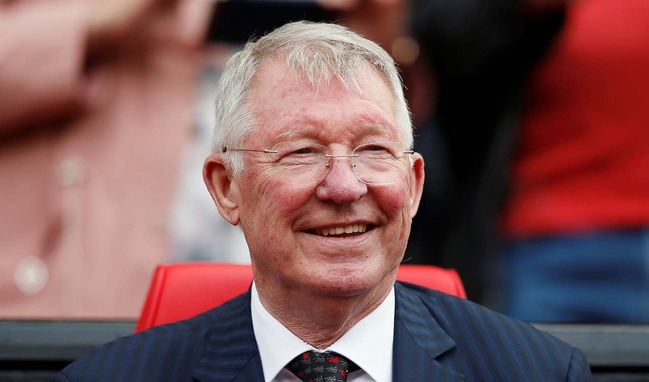
Sir Alex Ferguson

Steven Gerrard
Coaches' Testimonials

Gerald Kearney, Downtown Las Vegas Soccer Club

Paul Butler, Florida, USA

Rick Shields, Springboro, USA

Tony Green, Pierrefonds Titans, Quebec, Canada
Join the world's leading coaches and managers and discover for yourself one of the best kept secrets in coaching. No other training tool on the planet is written or read by the calibre of names you’ll find in Elite Soccer.
In a recent survey 92% of subscribers said Elite Soccer makes them more confident, 89% said it makes them a more effective coach and 91% said it makes them more inspired.
Get Monthly Inspiration
All the latest techniques and approaches
Since 2010 Elite Soccer has given subscribers exclusive insight into the training ground practices of the world’s best coaches. Published in partnership with the League Managers Association we have unparalleled access to the leading lights in the English leagues, as well as a host of international managers.
Elite Soccer exclusively features sessions written by the coaches themselves. There are no observed sessions and no sessions “in the style of”, just first-hand advice delivered direct to you from the coach.
